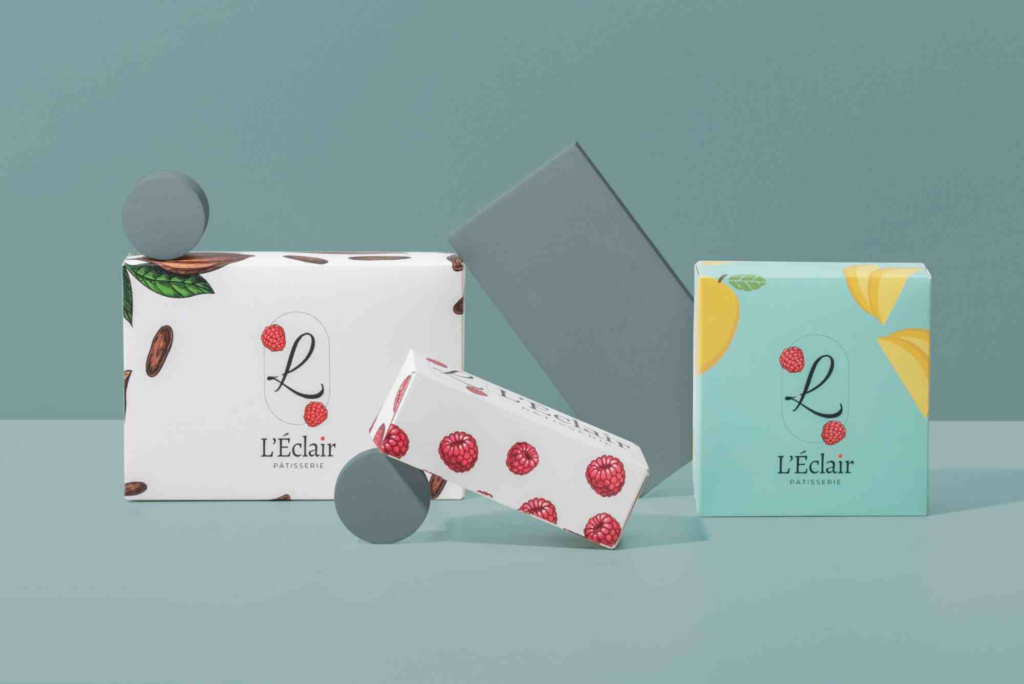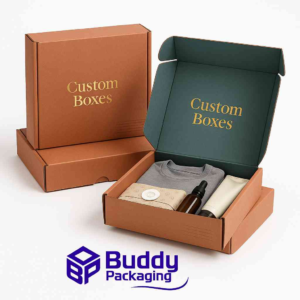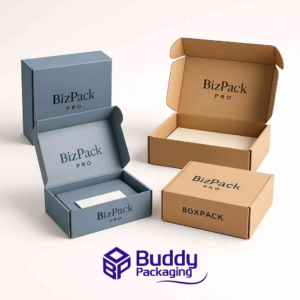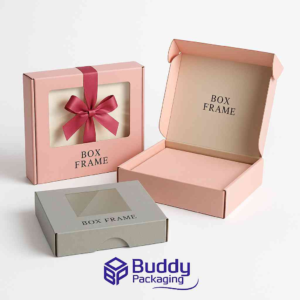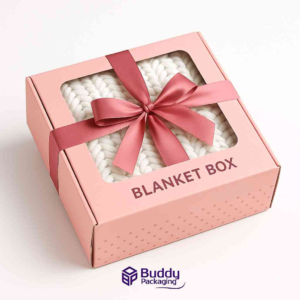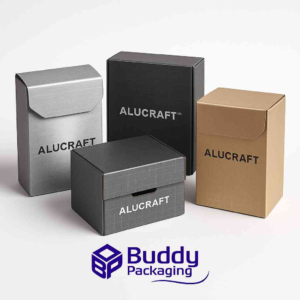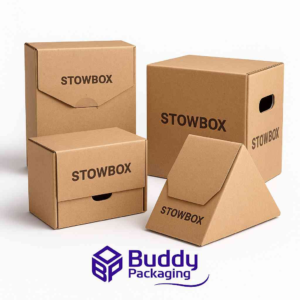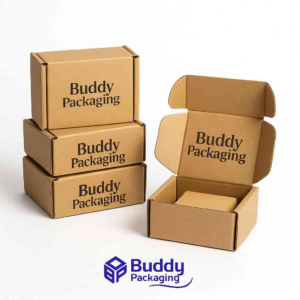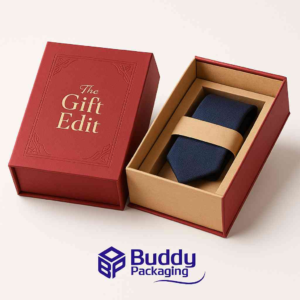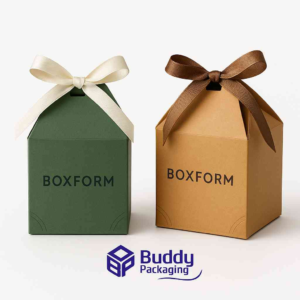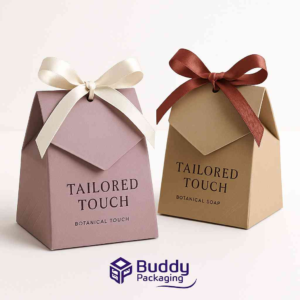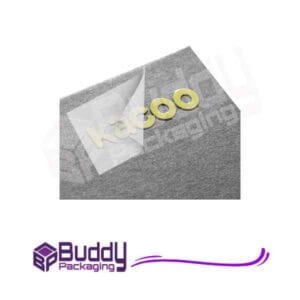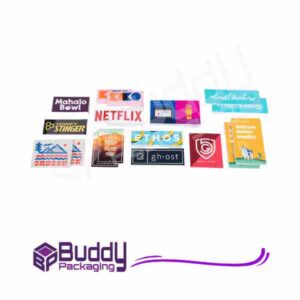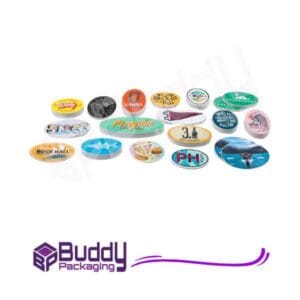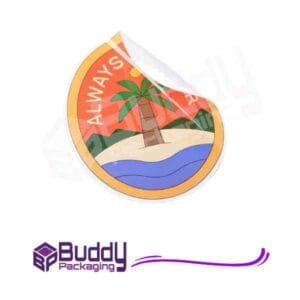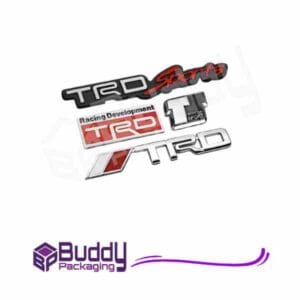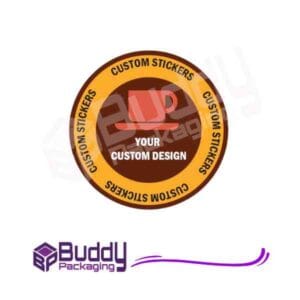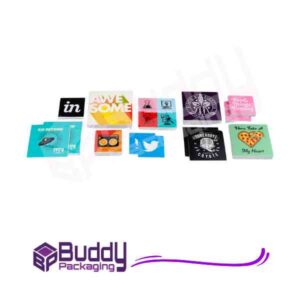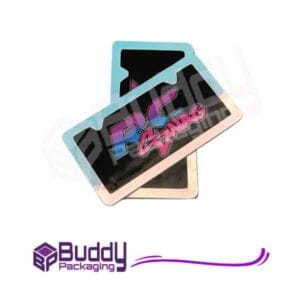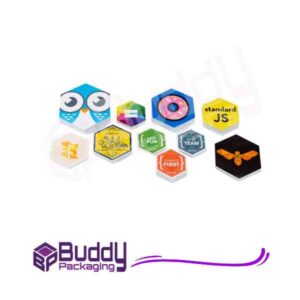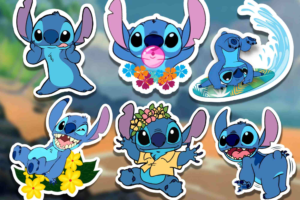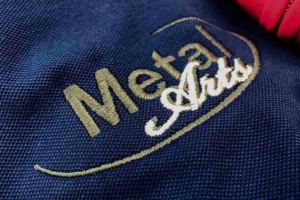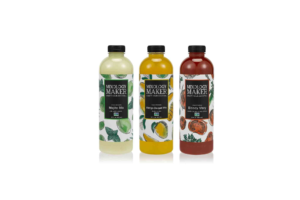Packaging Design Brief
A packaging design brief is one of the most crucial tools for businesses that want their products to stand out on the shelves. It sets the foundation for collaboration between brands and designers, guiding the creative process and ensuring every packaging element reflects the brand’s identity and purpose. Without a well-prepared brief, even the most skilled designer can miss the mark, leading to wasted time, budget, and missed opportunities.
In this article, you’ll discover what a packaging design brief is, why it matters, and how to create one that produces effective, eye-catching packaging.
What Is a Packaging Design Brief?
A packaging design brief is a structured document that outlines all the key details a designer or agency needs before creating product packaging. It explains brand goals, target audience, product details, and design requirements in a clear format. In other words, it’s the roadmap that ensures both client and designer move in the same direction.
When created carefully, a brief ensures that packaging not only protects the product but also communicates the brand story and attracts buyers. For businesses investing in Custom Packaging, this document is especially vital because personalisation requires accuracy and attention to detail.
Why a Packaging Design Brief Matters
The success of a packaging project depends heavily on communication. Many companies skip this step, assuming the designer will “figure it out.” But designers aren’t mind readers. A detailed packaging design brief ensures:
- The packaging matches brand identity.
- Deadlines and budgets are respected.
- Legal and regulatory requirements are considered.
- The target audience feels understood and engaged.
Ultimately, a clear brief saves money, time, and prevents endless rounds of revisions.
Essential Elements of a Packaging Design Brief
Brand Overview
Designers need to know who they’re working with. Include a short but meaningful description of the brand, its values, and mission. The tone of your brand—whether playful, premium, or eco-conscious—will influence every design choice.
Target Audience
Knowing who will buy the product is essential. Packaging aimed at young, eco-friendly consumers looks very different from packaging aimed at luxury shoppers. Provide demographics, buying habits, and customer motivations.
Product Details
Give designers the complete picture of the product. Include dimensions, materials, weight, fragility, and any special requirements. Mention whether it’s a food product, cosmetic, or household item since each category has unique safety and labeling rules.
Design Objectives
Clarify what you want the packaging to achieve. Do you want to stand out on crowded shelves, emphasize sustainability, or build a premium brand feel? Objectives set the direction for creative decisions.
Competitor Insights
Studying competitors provides context. Share examples of competitor packaging you admire and explain why. Equally, highlight what you want to avoid so your product looks unique.
Mandatory Elements
Every package has non-negotiable requirements. These might include logos, barcodes, nutritional information, or legal disclaimers. Stating these upfront prevents rework later.
Style Preferences
Design is subjective. Words like “modern,” “minimalist,” or “luxury” can mean different things to different people. Adding references or mood boards makes preferences clearer.
Budget and Timeline
Clear budgets and realistic timelines ensure everyone is aligned. If the brief lacks these, projects can stall or exceed financial limits.
How to Write an Effective Packaging Design Brief
To write a strong packaging design brief, think like both a brand owner and a customer. Be precise, but not restrictive. Provide enough details for clarity, but allow space for creative freedom. Avoid jargon or vague instructions like “make it pop” or “something cool.” Instead, link your requests to brand strategy and consumer needs.
Collaborating with experts in the industry also adds value. For example, keeping up with print & finishing insights ensures your brief reflects the latest trends and technologies. This forward-thinking approach can make your packaging more relevant and competitive.
Real-World Example
Imagine a startup launching organic skincare. Their packaging design brief would include:
- A brand story about eco-conscious values.
- A target audience of young, health-focused women.
- Product details like recyclable materials and compact jar sizes.
- A design objective emphasizing natural beauty and sustainability.
- Competitor research showing which brands dominate organic skincare aisles.
- Mandatory elements such as cruelty-free and vegan logos.
Such a brief gives designers the direction they need while leaving room for creativity.
Common Mistakes in Packaging Design Briefs
A weak packaging design brief can derail the entire project. Common mistakes include:
- Being too vague about objectives.
- Ignoring compliance or labeling requirements.
- Forgetting to mention budget or deadlines.
- Not specifying style preferences.
- Leaving out product details.
Avoiding these mistakes ensures your brief becomes a strategic tool rather than just paperwork.
Packaging Design Brief and Brand Growth
A good packaging design brief is not just about one project. It can shape how a brand evolves. Packaging is often the first physical interaction customers have with your business. When that interaction is positive, it builds trust, drives loyalty, and encourages repeat purchases.
For businesses looking to expand, refining packaging briefs is a way to maintain brand consistency across new products and markets. Even small companies in local areas can benefit from creating strong briefs, especially when working with design partners near their Buddy Packaging Location.
FAQs on Packaging Design Brief
What should a packaging design brief include?
It should cover brand background, target audience, product details, design goals, mandatory elements, style preferences, budget, and timeline.
Why is a packaging design brief important?
It ensures designers clearly understand brand objectives, saving time and money while delivering effective packaging.
How detailed should a packaging design brief be?
It should be specific enough to give direction but flexible enough to allow creativity.
Can a packaging design brief improve brand consistency?
Yes, a well-structured brief helps maintain consistent messaging and visuals across product lines.
Do small businesses need a packaging design brief?
Absolutely. Even startups benefit from clear briefs to ensure their packaging reflects brand values and appeals to customers.
A packaging design brief is far more than a project requirement. It is the blueprint that ensures your packaging reflects your brand identity, resonates with your audience, and supports your business goals. When written with clarity and purpose, it becomes a tool that saves time, reduces errors, and maximizes creativity.

